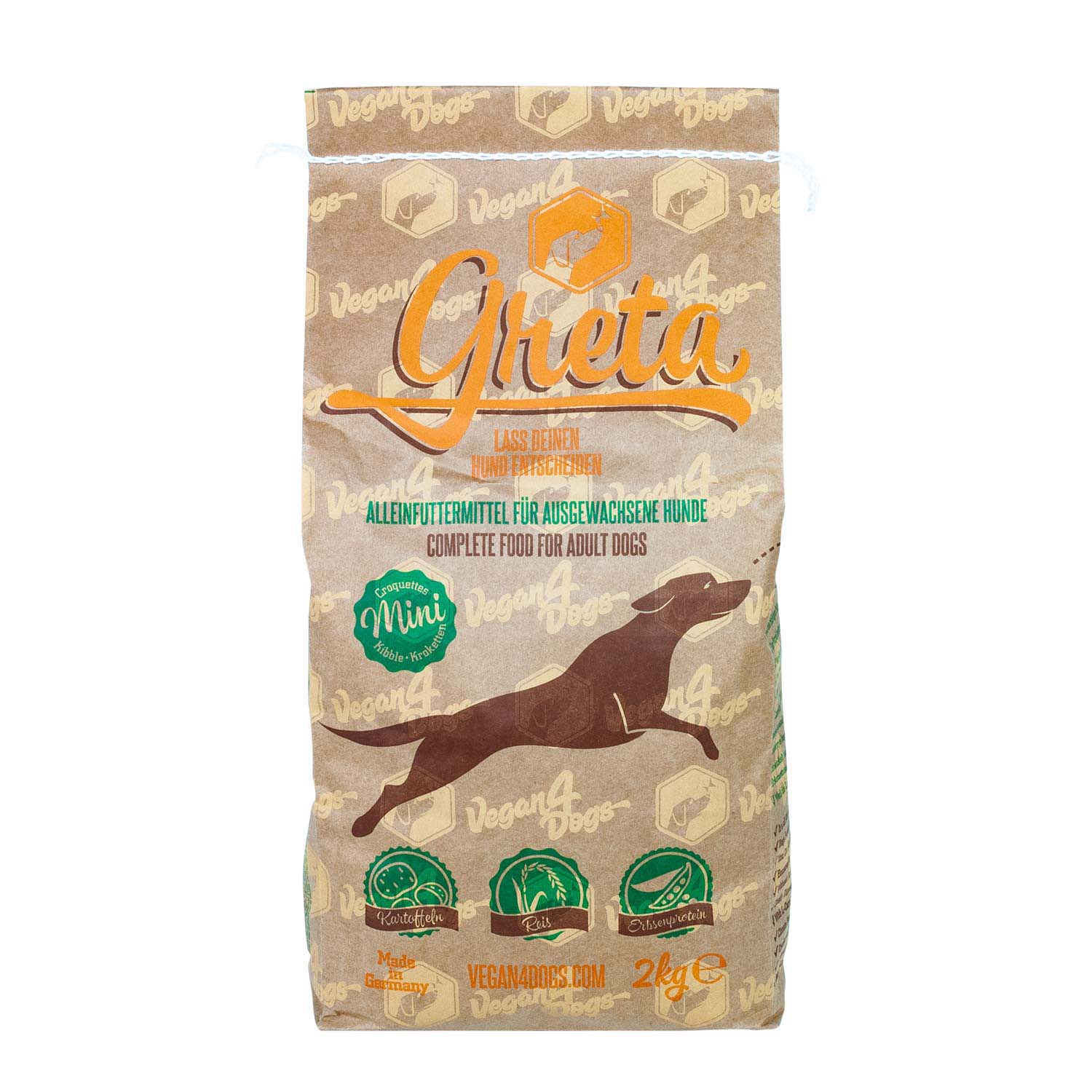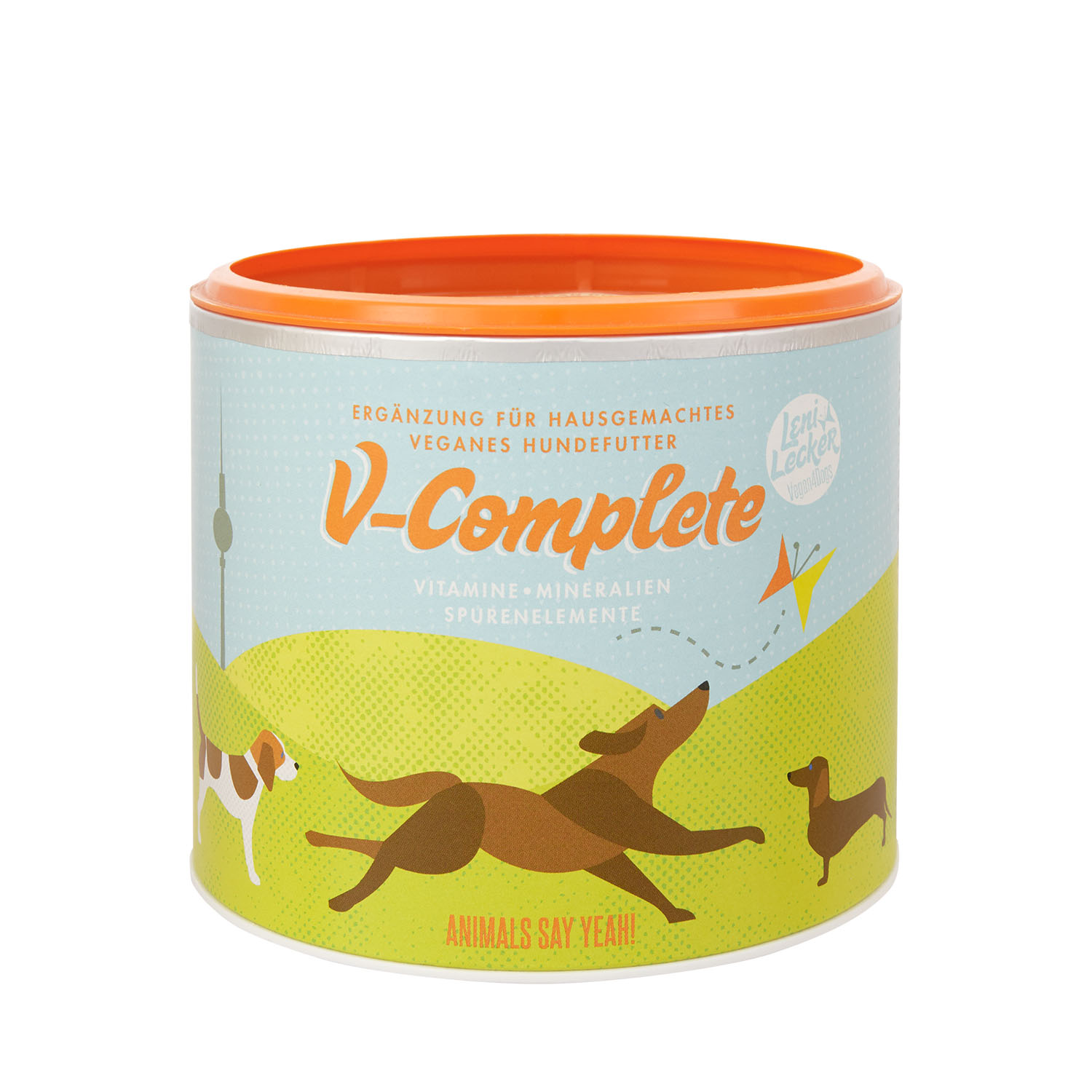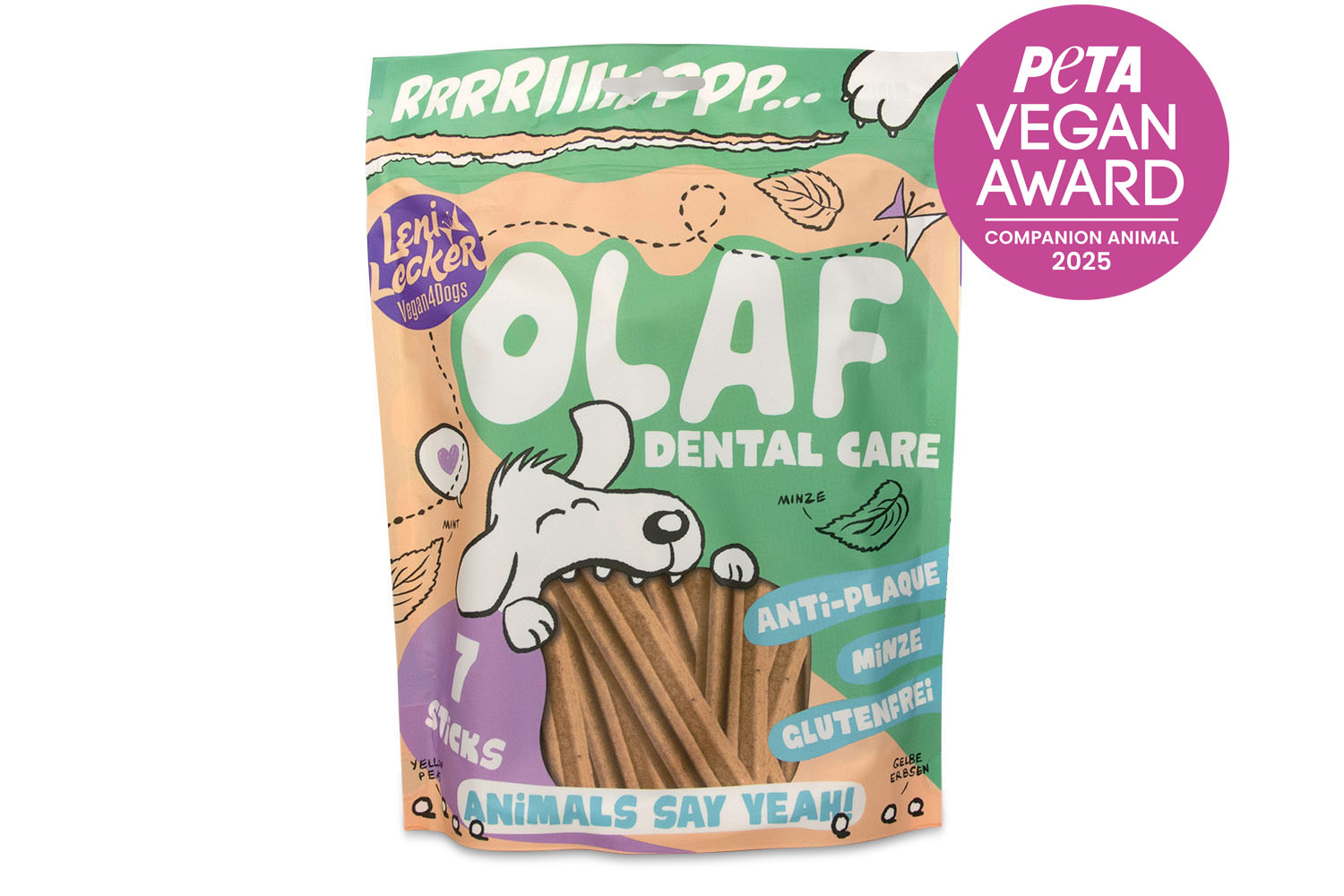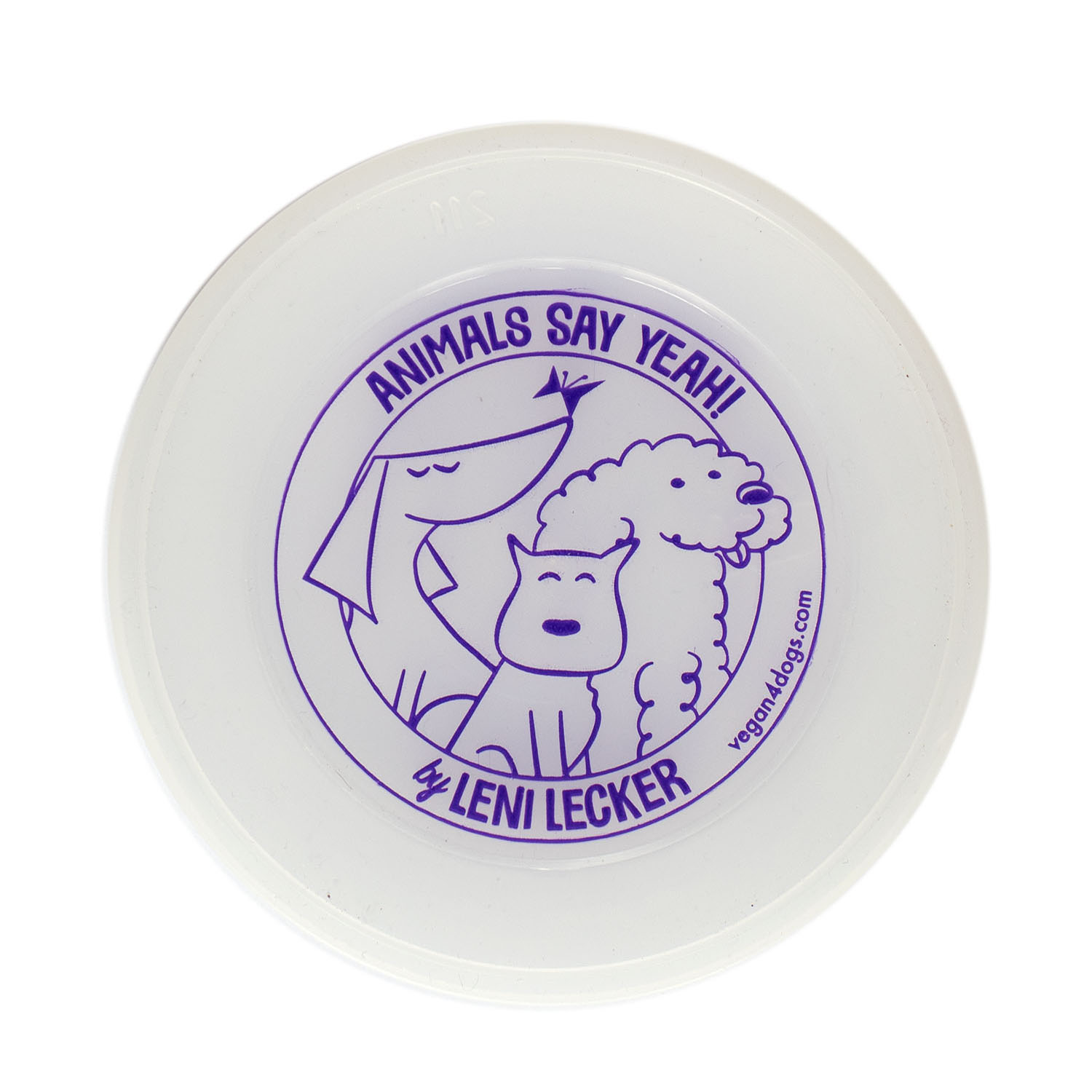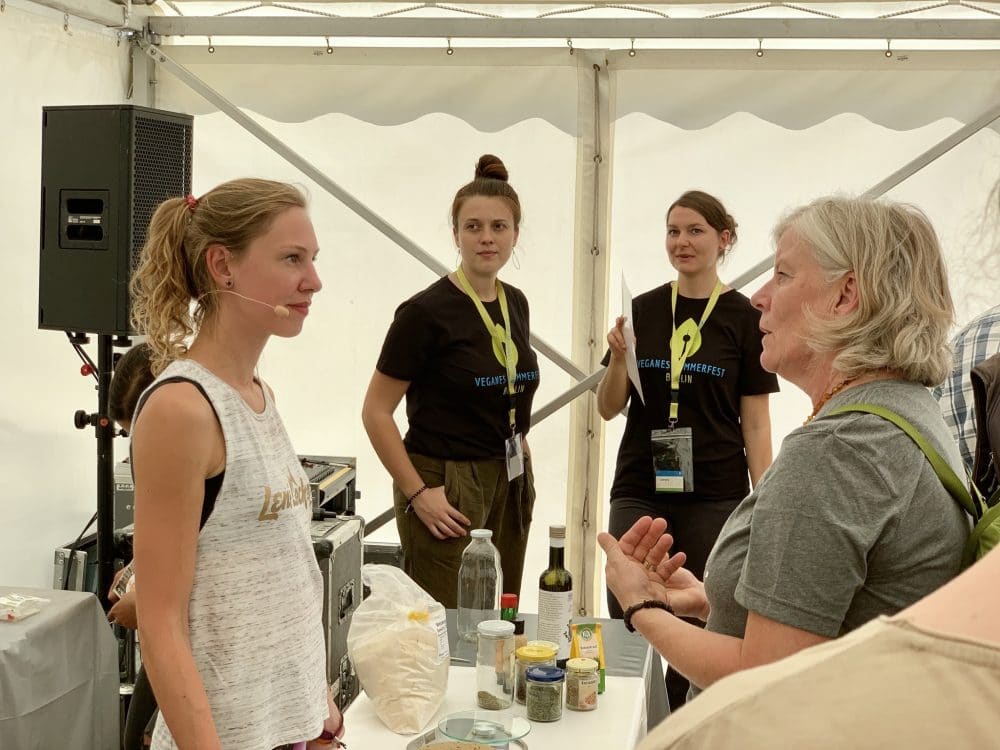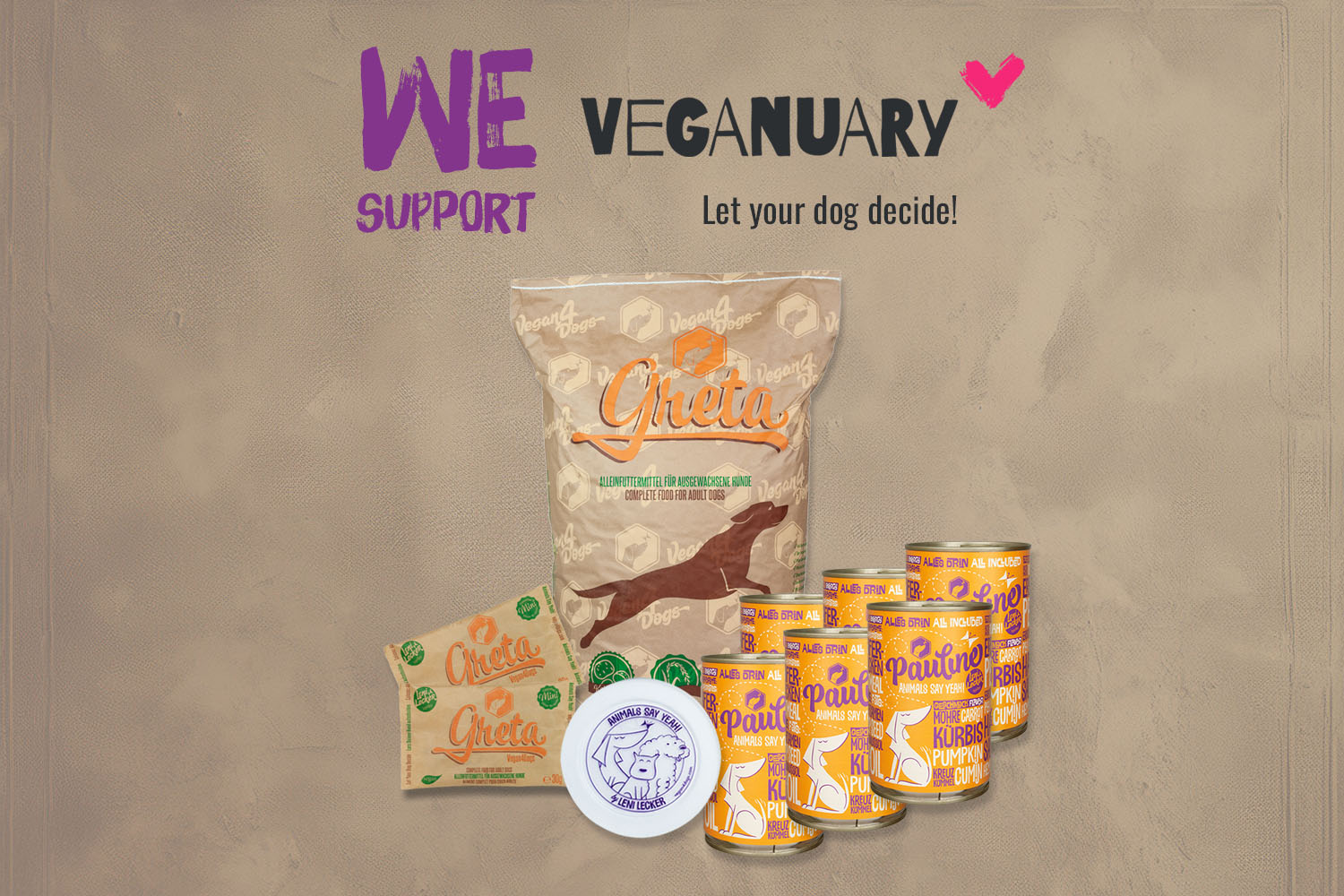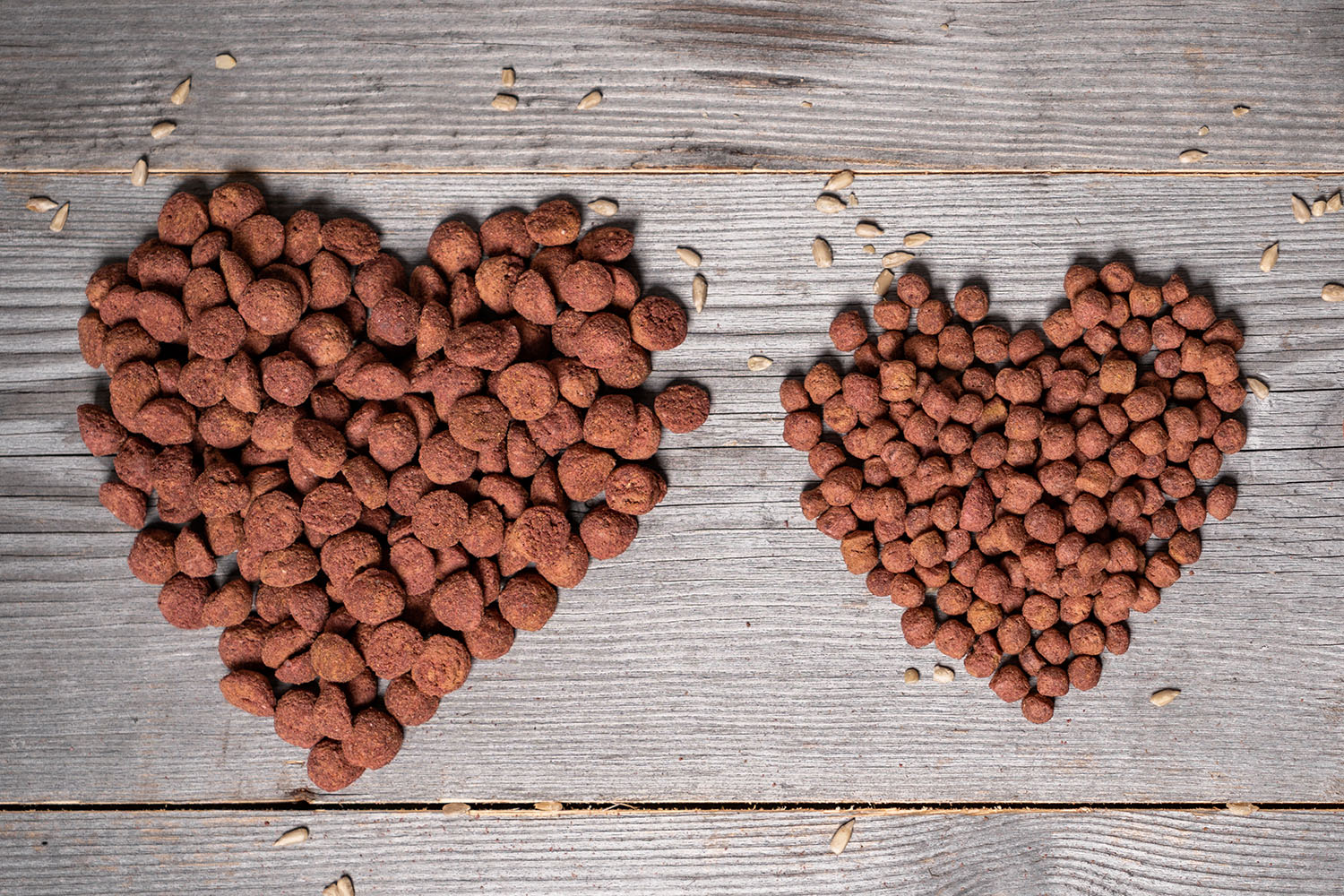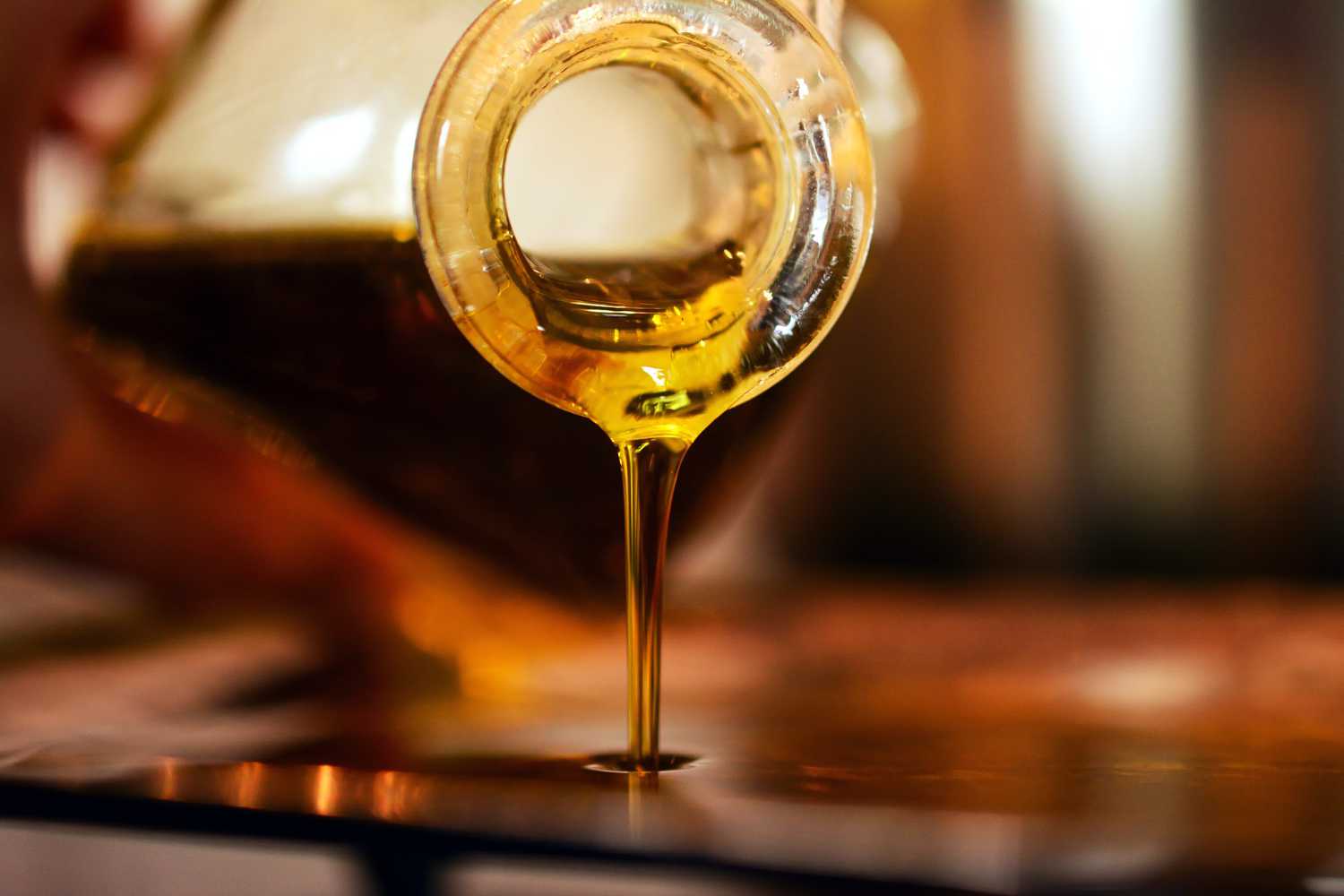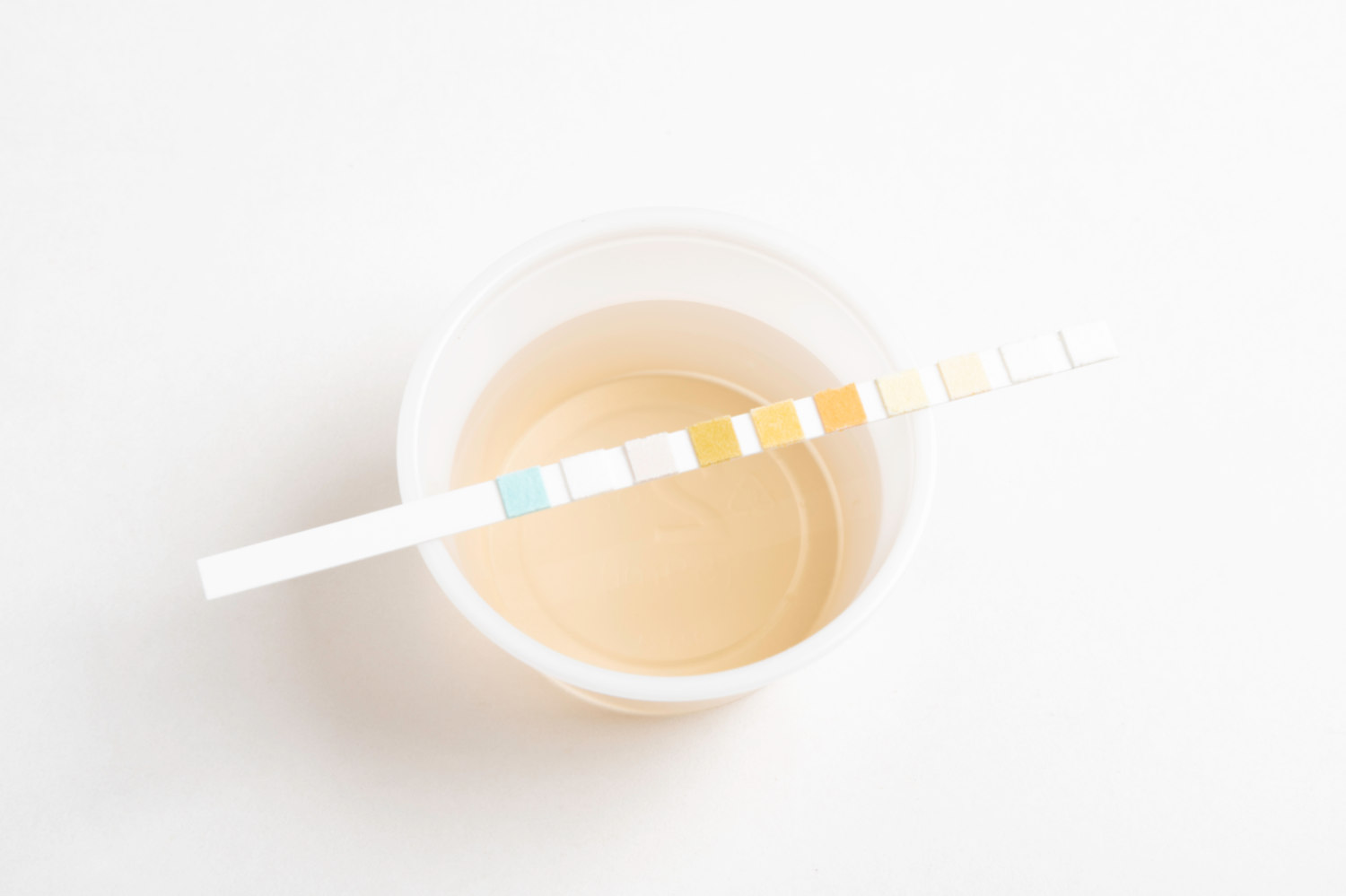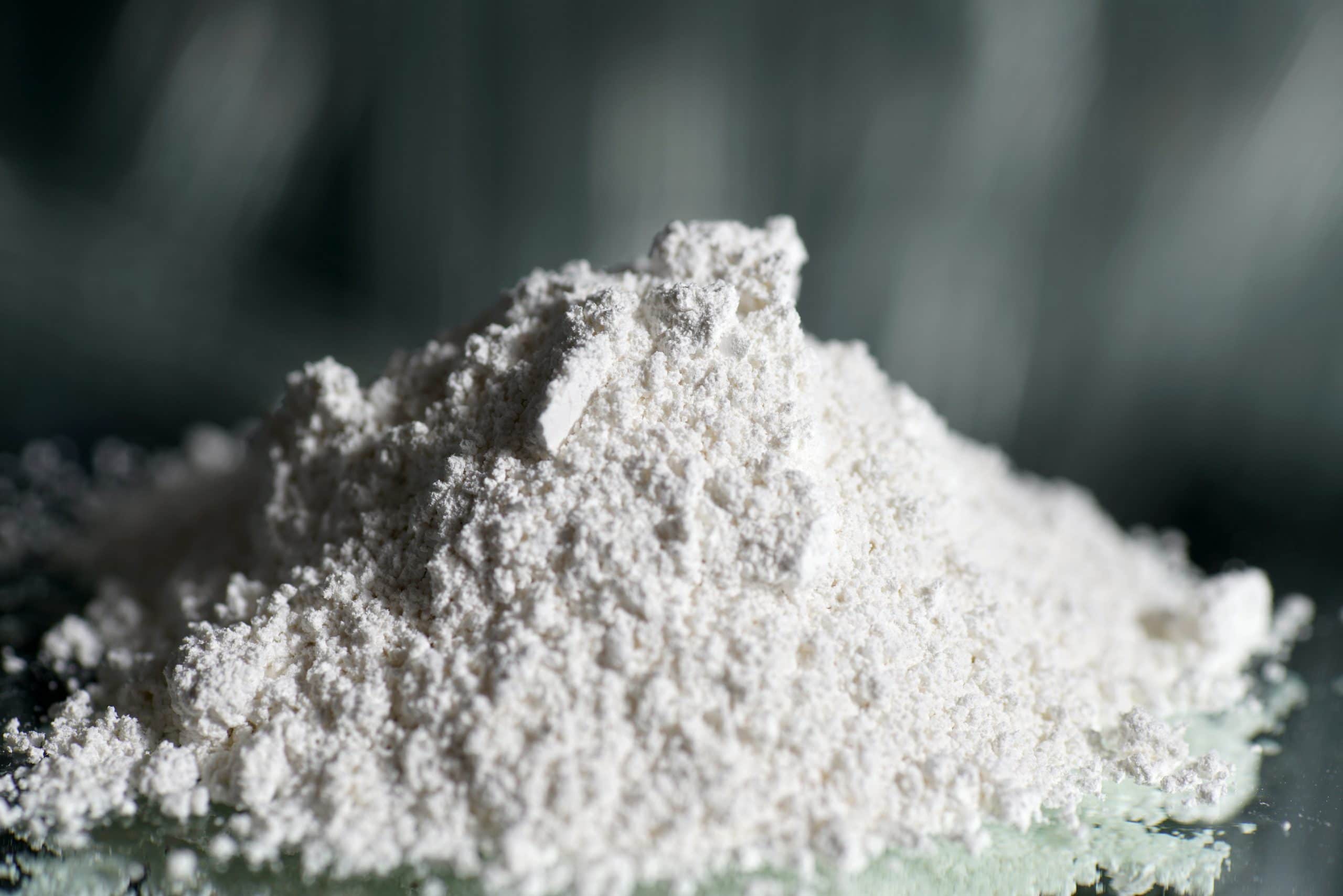
Calcium und Phosphor
Vegan4Dogs Nutrition Science
Calcium and Phosphorus
Calcium and phosphorus are minerals and belong to the quantitative elements. You can find the general part of our nutritional science about minerals here.Let’s start with phosphorus.
Phosphorus
Phosphorus Together with calcium it is a building block of bones and teeth. To be precise, in the form of a salt, the so-called calcium phosphate. Phosphorus is involved in energy metabolism and is especially important for neutralizing the pH value in the blood. You have certainly heard of the “acid/base balance” – and phosphorus plays a decisive role here. It is also a component of, for example, nerve membranes and genetic material.
Phosphorus is mainly found in protein‑rich foods and can be found in oil seeds, nuts, lentils, whole grain cereals, bananas and dark green leafy vegetables (e.g. chard, lamb’s lettuce).
Caution is required, however, when phosphates are used as food additives (e.g. in Cola drinks). Dogs normally don’t drink Cola that much 🙂 But phosphorus can be found in meat or sausage products and also in bones! For the vegan dog of today all this is not relevant – on the contrary! For me this is another reason that speaks for plant-based food.
In contrast to the previously mentioned vegetable foods, here an “acid” metabolism takes place (similar to animal protein, more to that at the point calcium), which therefore has a disadvantageous consequence. In the long term, a lack of phosphate could have effects on the skeleton. The phosphate balance is controlled by the kidneys.
Before we take a look at the mineral buddy calcium, here is an explanation of why phosphorus and calcium are so closely related – and what this has to do with vitamin D. After all, vitamin D also plays a decisive role for the kidneys and thus for the regulation of the phosphate balance. Vitamin D increases the reabsorption of phosphate in the kidneys. A lack of vitamin D can also cause disorders in the calcium and phosphate metabolism. And suddenly the bones are no longer well supplied, or even minerals are decomposed from it.
This is one of the reasons why vitamin D supplementation is recommended and is directly associated with bone formation and bone stability.
There may well be an oversupply of phosphorus (remember the cola drinks and meat and sausage products I mentioned earlier), which is accompanied by a calcium deficiency (“hypocalcaemia”). In order to guarantee the health of the bones, the right ratio between phosphorus and calcium is crucial.
Note Leni Lecker
For adult dogs, a calcium-phosphorus ratio of 1.3 to 2 : 1 in the feed is recommended. 80mg calcium and 60mg phosphorus per kg body weight per day should be supplied. (Cf. “Nutrition of the dog”, Zentek, 2016). Greta has a Ca:P ratio of 1.33 and V-Complete contains 18% calcium and 2.5% phosphorus, as P is more present in the food.
Meanwhile I can handle it well and talk my mouth fuzzy. But before we look at why a well-planned purely plant-based diet can even be positive, let’s first take a look at why this mineral is so important at all.
Calcium is actually one of the most important minerals! Originally it is found in the soil and is absorbed by plants.
Calcium
As already mentioned in the section on phosphorus, calcium is very important for the mineralization of bones and teeth. If there is a calcium deficiency in the blood, the bones can be used as “mobile storage”. It is an important factor in blood clotting and necessary for muscle contraction. Together with phosphorus it is a building block of bones and teeth.Calcium is crucial for the activation of enzymes and hormones. Among other things, it is a messenger substance for signal transmission of nerve impulses and is involved in the exchange of substances through the cell membrane.
A lack of calcium can lead to osteoporosis, reduced bone stability or muscle dysfunction. We do not want this and fortunately there are many vegan foods that contain calcium.
The quantitative element is contained in kale, rucola, wild herbs, chickpeas (mainly dried or germinated!), other legumes, broccoli, dried fruits, oil seeds (sesame, chia), nuts, enriched mineral water or plant drinks and theoretically also in spinach – but more about that later.
First of all, the good news for all those who prefer to eat plant‑based foods:
A high consumption of calcium from animal protein sources can lead to the excretion of calcium via the urine. An increased proportion of sulphurous amino acids (present in animal proteins) can cause a shift in the pH value due to the formation of the acid.
The body’s own pH value goes down – which leads to the use of so‑called “buffer systems”. If it now goes completely silly, the “buffer capacity” of the kidney is overstressed and suddenly – the body falls back on the calcium phosphate, which is stored in the bones. This passes into the blood and counteracts the entire acid load.
In other words: Calcium could be decomposed for the purpose of using the mineral store!
Plant‑based foods are predominantly metabolized in alkaline form, leaving the buffer systems unharmed.
Now comes the tiny snag in the matter:
Similar to iron, inhibitors also play a decisive role in calcium absorption. These are among other things phytates (contained in wheat, soy or maize) or oxalates (in spinach, rhubarb). They prevent calcium from being absorbed through the intestinal wall, which could lead to it being excreted unused.
The more different sources of calcium are chosen, the less likely it is that the absorption of calcium will be disturbed by the inhibitors mentioned above. There are enough cool sources 😉
Besides there is another trick – oh, now it gets really exciting!
The supply with vitamin D is important. Because this vitamin (or hormone) regulates the calcium balance! Among other things it takes care of the absorption of calcium via the intestines and influences the excretion of calcium via the kidneys.
That is:
The attention should be put quite on the supplementation of Vitamin D and a mineral‑rich and anti‑oxidative food (which can be ensured by fruit and vegetables).
With regard to the acid/base balance, it makes sense to choose a protein supply from plant sources. In this way, a so‑called calciuria (an increased excretion of calcium via the urine) can be counteracted.
Wow – that was quite a lot of input. Therefore a summary:
Phosphorus is…
… together with calcium a building block of bones and teeth. … involved in energy metabolism … a component of, for example, nerve membranes and genetic material. … important for neutralizing the pH value in the blood.
Calcium is…
… important for the mineralization of bones and teeth. … a mobile storage for calcium deficiency in the blood. ... an important factor in blood clotting. … necessary for muscle contraction. … is crucial for the activation of enzymes and hormones. … a messenger substance for the signal transmission of nerve impulses. … is involved in the exchange of substances through the cell membrane.


